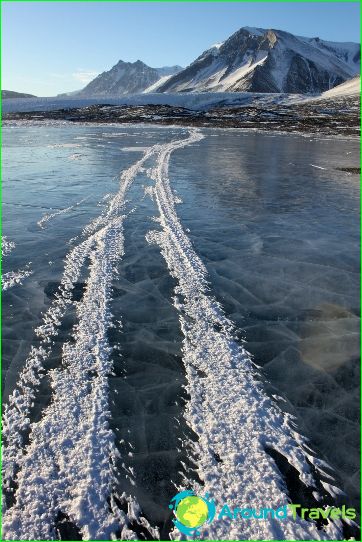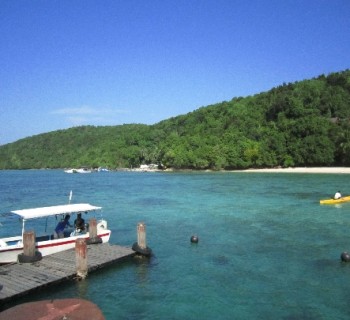Lazarev Sea

The marginal reservoir of the Atlantic part of the Southern Ocean is the Lazarev Sea. It stretches near East Antarctica, covering an area of about 929 thousand square meters. km. The depth of this sea in some places reaches 3000 m.The deepest section is 4500 m.The Lazarev Sea has icy steep shores, which are formed by cliffs of ice shelves.
The reservoir in question was studied thanks to Soviet and Russian expeditions. It got its name in 1962 in honor of Admiral M. Lazarev, one of the first explorers of the cold Southern Ocean. The map of the Lazarev Sea shows that it belongs to the Atlantic, as it is located between the 14th meridian of east longitude and the Greenwich meridian. Further, the harsh Weddell Sea begins. This area has a small continental shelf not exceeding 200 km. In the north, the sea border is the beginning of the African-Antarctic Basin.
What attracts the icy sea
The coast of the Lazarev Sea is an ice shelf. These are blocks of eternal ice that slide from Queen Maud Land to Princess Martha's icy Shore. The sea freezes almost completely in winter. In summer, there are many icebergs and floating ice floes in the coastal zone..
The attraction of the water area is the Lazarev glacier, 100 km wide. This formation goes far out to sea. The reservoir is distinguished by bizarre banks. During the polar summer, ice descends into the ocean, forming canyons, channels and channels. Glaciers form extraordinary figures. For this reason, the Lazarev Sea is an attractive tourist destination in Antarctica. People come here to see amazing icy landscapes. Penguins, seals, seabirds live on the coast of the Lazarev Sea. There are different types of whales, killer whales and white-blooded fish in the water.
Climatic features
The Lazarev Sea is an area dominated by a harsh climate. The sun is very low there. The absolute cold belt is located in East Antarctica, not far from the water area. A feature of meteorology is the katabatic winds formed due to the peculiarities of the domed relief. These are steady winds blowing from the south. They reach their maximum strength from mid-spring to November, during the Antarctic winter..
The meaning of the Lazarev sea
On the shore of a harsh reservoir there are research polar stations: South African, Russian and Norwegian. Station staff study the ocean, the sea and its inhabitants. They are busy with glaciology and meteorology.



